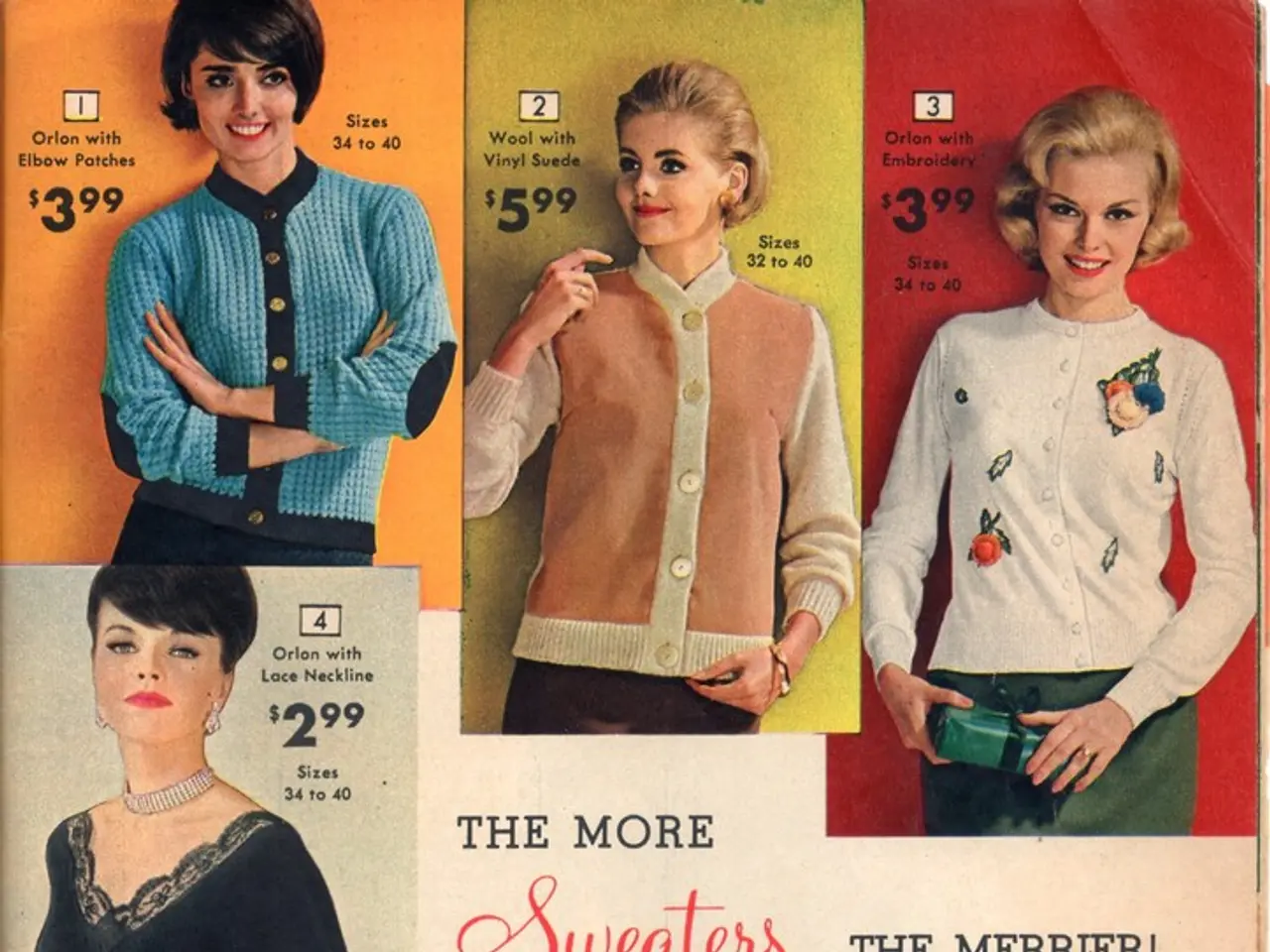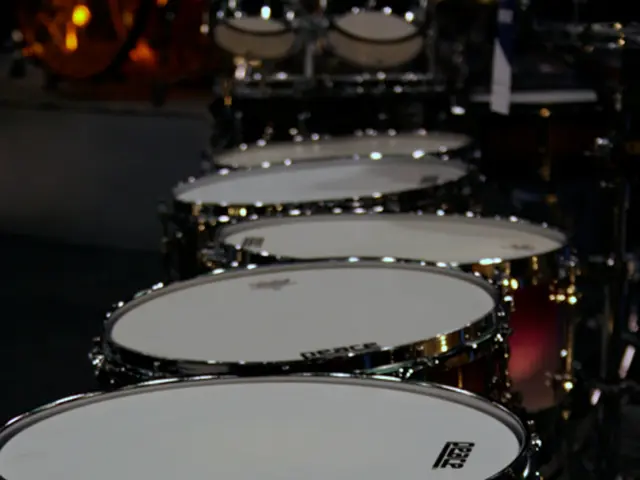Essential Pop Art Figures Every Designer Ought to Recognize: 14 Key Artists
=========================================================================
Pop art, a revolutionary movement that emerged in the mid-1950s, brought together different styles of painting, sculpture, collage, and street art. This vibrant and provocative art form, characterised by its exploration of popular and commercial culture, saw the rise of several influential artists who left indelible marks on the art world.
One such artist was Evelyne Axell, a Belgian pop art pioneer whose breakthrough series, Erotomobile (1964-66), showcased nude women alongside automobile parts. Axell, one of the few Belgian artists in the movement, was also one of the most influential female pop art artists, known for her provocative paintings that focused on female sexuality. Her unique process involved cutting silhouettes of women from plastic sheeting and then applying vibrant enamel paint to their faces and bodies.
Across the English Channel, Peter Blake, one of the most famous British Pop Artists of the 1950s, was making waves with his distinctive style. Blake, known for blending pop art themes with fine art, incorporated imagery from advertisements and collaged elements. His work gained international recognition with his co-creation of the sleeve design for the Beatles' 1967 album Sgt. Pepper's Lonely Hearts Club Band, the covers for two of The Who's albums, and the Live Aid concert poster.
On the other side of the Atlantic, Andy Warhol, probably the most famous pop art artist today, was experimenting with reproductions based on mass-produced images from popular culture such as Campbell's soup tins and Coca Cola bottles in the early 1960s. Warhol's fame skyrocketed with his prints of celebrities, including his iconic Marilyn Monroe series, which were created just four months after the actress's death in 1962.
Richard Hamilton, regarded by many as the father of British pop art, created renowned works during the 1950s and 60s, including his 1956 collage "Just what is it that makes today's homes so different, so appealing?" Eduardo Paolozzi, a Scottish artist, is often credited with establishing the pop art movement with his 1947 collage "I was a Rich Man's Plaything."
Roy Lichtenstein, born in 1923 in New York, became a leading figure in the pop art movement with his paintings of comic strip cartoons, washing machines, and baked potatoes. Lichtenstein's works, characterised by their bold lines and flat, primary colours, remain iconic to this day.
Yayoi Kusama, a Japanese pop art artist, is best known for her use of repetitive patterns, particularly dots, as a way to deal with mental illness. Kusama's installations, including an event in the 1960s where naked participants were painted with brightly coloured polka dots, pushed the boundaries of the pop art movement.
Keith Haring, born and raised in Pennsylvania, was a later generation pop art artist known for his spontaneous drawings on the subways and incorporating social activism in his work. Haring's bold, graphic style and powerful messages continue to resonate with audiences today.
Other notable pop artists include David Hockney, James Rosenquist, Claes Oldenburg & Coosje van Bruggen, Robert Indiana, and Kiki Kogelnik. Each of these artists brought their unique perspectives and styles to the pop art movement, contributing to its rich and diverse legacy.
In conclusion, the pop art movement, with its focus on popular and commercial culture, brought together a diverse group of artists who pushed the boundaries of traditional art. From Evelyne Axell's provocative paintings to Yayoi Kusama's groundbreaking installations, the works of these artists continue to inspire and captivate audiences today.








